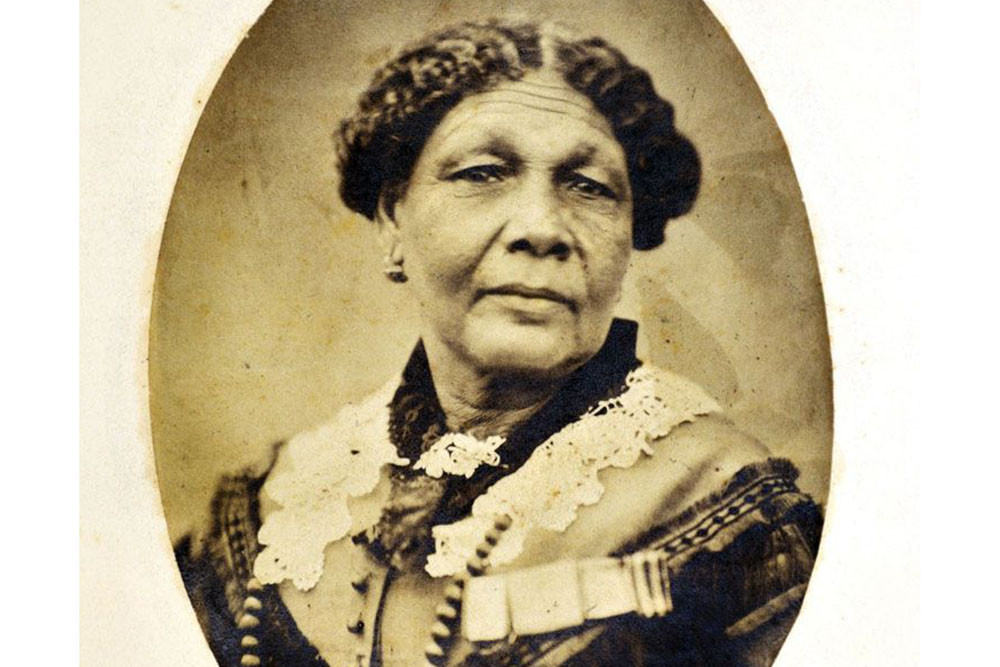Black Nursing During Wartime: The Fight for Integration

This week for Black History Month, we explore the critical care that Black nurses have provided during wartime and their struggle to end racial discrimination as they sought to serve their country.
Throughout this history, Black nurses have cared for wounded soldiers even as they confronted the dual dangers of wartime service and systemic racism. During the mid-1850s, Jamaican nurse Mary Seacole traveled first to England, then to the Crimea, to provide vital care to the wounded and dying during the Crimean War—volunteering when British officials, including Florence Nightingale, rejected her application to serve.
Until 1944, all the military branches of the Nurse Corps denied entry to Black women or kept strict quotas.
Dominique Tobbell
In 19th-century America, Black nurses tended to the injured, sick, and dying during both the Civil War and Spanish-American War while living through the racial violence of slavery and Jim Crow segregation. When the U.S. Army Nurse Corps was established in 1901 as a permanent corps within the U.S. Army Medical Department, Black women were barred from enlisting. Indeed, until 1944, all the military branches of the Nurse Corps denied entry to Black women or kept strict quotas. Despite ongoing racial discrimination, Black nurses tried to volunteer for military service during World War I, but the Army Nurse Corps and military leaders refused to employ Black nurses.
Throughout the first four decades of the 20th century, the National Association of Colored Graduate Nurses led the campaign against racial discrimination and for the integration of the Army Nurse Corps. Collaborating with civil rights organizations—and mobilizing wartime rhetoric about equality and democracy—Black nurses finally succeeded in integrating military nursing during World War II.
As this week’s featured articles reveal, the history of this fight to integrate military nursing, and the wartime experiences of Black nurses before, during, and after integration, was contested and complex.
- As Charissa Threat describes in "'The Hands That Might Save Them' : Gender, Race, and the Politics of Nursing in the United States during the Second World War," the fight to end racial discrimination in military nursing was deeply imbricated with male nurses’ struggles for gender equality.
- Despite the integration of the Army Nurse Corps, military nursing—like American nursing generally—remained overwhelmingly and disproportionately white. When nurse Elizabeth Allen served during the Vietnam War, the Army Nurse Corps was nearly 96% white. Her experiences are documented in “Creating Community and Finding Connection: A Black Nurse’s Experience in Vietnam, 1966-1967” by Ella St. George Carey.
- Read more about Mary Seacole’s experiences and her important contributions to nursing in a Flashback Friday based on BSN graduate Darnisha Pitts' paper, “Mary Seacole: Two Narratives, One History.”
